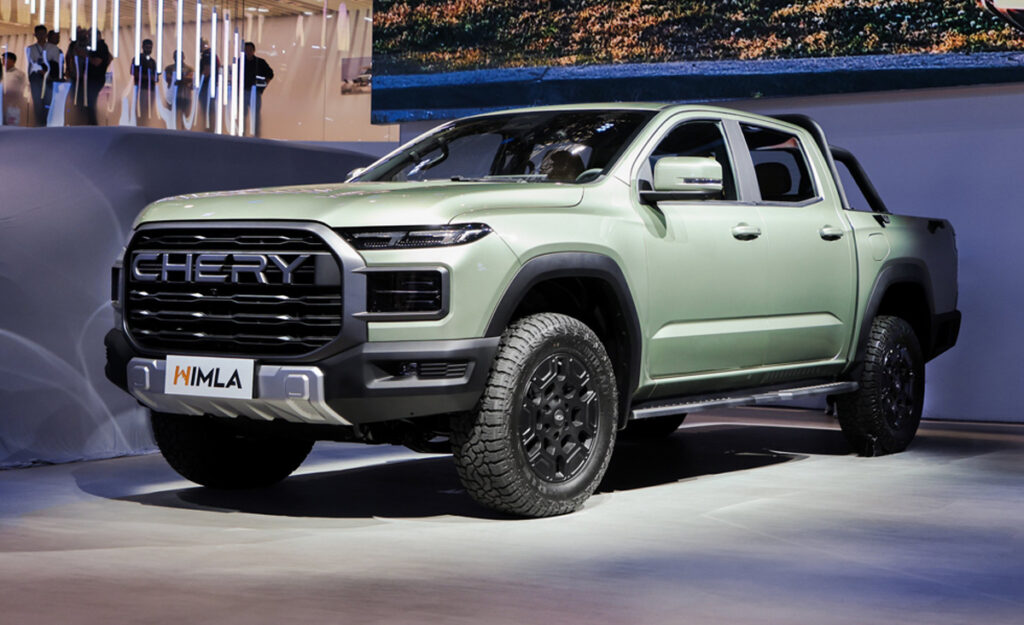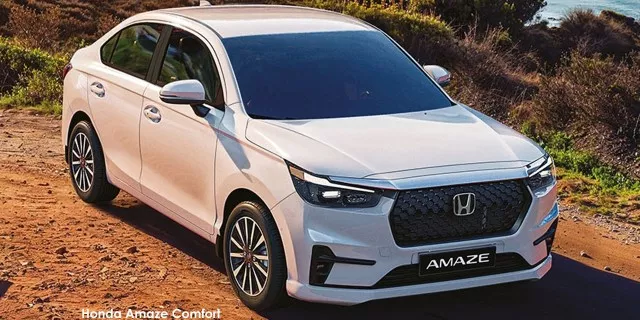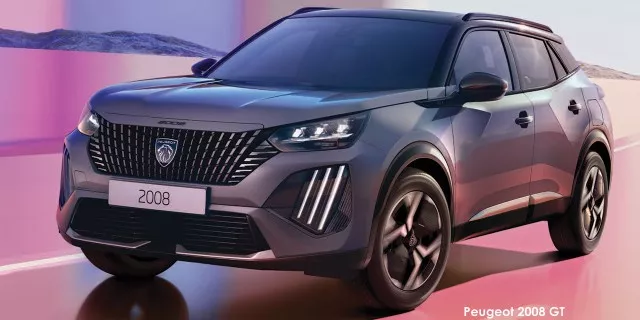South Africa’s longest suspension bridge one step closer to completion

Work has started on the deck section of the Msikaba Bridge in the Eastern Cape, which once complete will be the “longest span cable-stayed suspension bridge in South Africa” at 580 metres, according to the National Roads Agency (Sanral).
The deck portion is responsible for carrying traffic and will consist of 36 segments all made up of two box girders and two truss girders, the first of which was delivered from Middelburg to Msikaba in mid-December and the second arriving in January.
Each segment takes three trucks to transport and between three and five hours to offload, and in total it is going to take approximately 108 trips including four abnormal loads for the entire deck to be completed.
Not an easy task
Building a suspension bridge is not an easy task and before construction of the deck could start, an immense amount of work went into erecting the major anchors that will be supporting it on either side of the 195m-deep Msikaba gorge.
The piers comprise an abutment and gallery on each side as well as massive anchor blocks stretching for half a soccer field and buried four storeys into the ground, ensuring they can handle the complicated mess of forces that comes with the construction of a suspension bridge.
“Through the cables, the mass of the deck (and the cables themselves) will pull forwards and downwards on the top of pier, the deck itself will push backwards into the base of the pier. The cables attached in turn, from the pier to the anchor blocks will pull backwards and downwards on the piers to partially counteract these forces,” said Craig McLachlan, SANRAL’s N2WCR Project Manager.
“Therefore, logically the piers and the pier foundations must be strong enough to support both the downwards and horizontal components of these forces.”
The North and South ends of the bridge each contain 18 segments, with Segment 0 connected to the abutments on the sides of the gorge and Segments 1 through 17 extending towards the middle and held up by two cables.
Each section with the exception of the first one will be assembled on the bank, carried between the legs, launched out above the gorge, rotated 90 degrees, brought back, and attached to the preceding one.
The cables are then connected to the spire and another corresponding set to the anchor block, thereafter, a thin steel and concrete composite deck is cast and the process is repeated till both ends meet in the middle.
All the deck segments are manufactured with 100% South African steel and cut and welded in Middelburg before being transported to the bridge, and the entire project is scheduled to be completed before the end of 2024.
N2 Wild Coast Road project
The development of the Msikaba Bridge forms part of the N2 Wild Coast Road Project (N2WCR) which aims to connect previously-divided communities and cut travel time while simultaneously opening opportunities for business and tourism in the Wild Coast.
Msikaba will be the first of two mega-bridges on the route, the second being the Mtentu Bridge which is starting construction in March of this year and will be “Africa’s tallest” mega-bridge once it is fully built.
Both structures were designed by Danish bridge experts Dissing+Weitling to “have as little impact on the precious landscape as possible,” said the company.
The new suspension bridge “will improve the travel time between Durban and East London by up to three hours for heavy freight and, by providing a high-mobility route through an area that is extremely isolated and under-served by road infrastructure, the route will have significant social and economic benefits and will act as a catalyst for local and regional development,” said Sanral.










